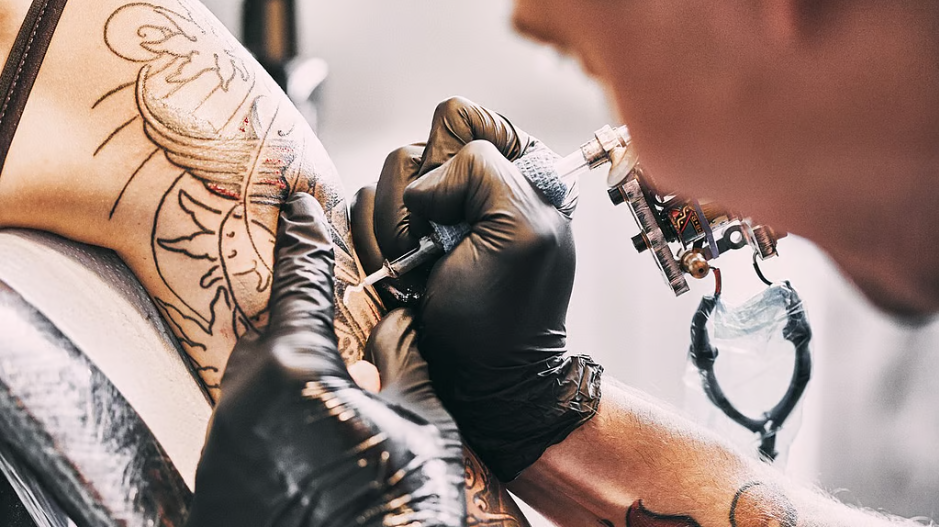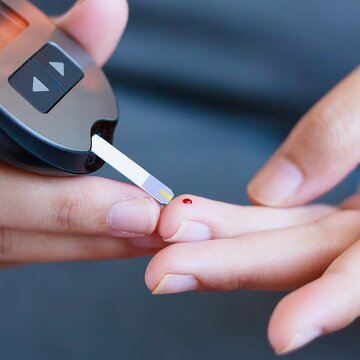Got a tattoo in a rush of emotion? Perhaps it was an ex's name, which was once meaningful but is now just an awkward reminder etched in ink. The relationship is over, life has moved on, but the tattoo hasn't. Removing it is not only painful but also highly time-consuming and costly, with several risks involved. Instead of going through the agony of laser sessions, experts suggest a smarter solution: covering it up.
Why tattoo removal can be a nightmare?
It is not easy to completely erase a tattoo. This may require 8 to 15 laser sessions; each session can be quite expensive. The whole process can be painful and can sometimes even destroy skin cells or infect the skin. Dermatologists often caution that laser therapy does not always result in a clean outcome and traces of the old design may still be visible.
So, what's the better way out? Get that old tattoo transformed with the help of a skilled artist into something new. Here are three ways to do it right.
Also Read | Make Thai Chicken Curry after returning from work on this rainy evening: Here's the recipe
Choose a new design wisely
Go see a good tattoo artist with a great portfolio and ask them to design a new one over the old, actually integrating the shapes, textures, and lines so seamlessly no one could tell something was underneath. A well-thought-out redesign can give you that literal fresh start.
Go darker with the shades
Darker shades will work best to cover up an existing tattoo. The ink of the new design needs to be deeper and bolder than the previous one so that the early lines do not show through. Think of it like applying a layer of confidence over a mistake of the past with color and character.
Also Read | ‘Walking does not build leg strength,’ physical therapist reveals 1-minute exercise to strengthen legs
Try opting for a larger tattoo
A cover-up tattoo usually requires being larger than the original. Wider patterns and fuller artwork completely conceal the older text or images. However, the design should still complement your personality and not feel forced; that's where your artist's skill matters most.
Talk to your tattoo artist first
Cover-up tattoos are also trickier than fresh ones, as the density of pigment, placement, and blending all need to be precisely accomplished. Discuss it thoroughly with your tattoo artist prior to starting, as only he can tell you what design and color palette would effectively mask your old ink. In other words, when an old tattoo starts feeling like a scar from another time, you don't always have to erase it. Sometimes, the best way forward is to turn it into something new.











